This year marks a landmark year for the Irish Charollais Sheep Society which celebrates 30 years since its establishment. While a number of things were planned by the society to mark the occasion, most have been called off due to the coronavirus restrictions. However, the society is hosting its premier show and sale on Saturday 25 July in Tullow.
To mark this milestone for the breed in Ireland, the Irish Farmers Journal has put together a brief history of the breed in Ireland, along with some archived material from the early days of the society.
While only 30 years in existence, the society now has in excess of 250 active members that produce over 6,000 pedigree lambs per year.
Origin
The Charollais breed originates from the Charolles and Saóne-et-Loire region in east central France, the same region that Charolais cattle originate. They originated in the early 1800s from a cross between Leicester Longwool with local land-race breeds.
It is understood that the first Charollais sheep were brought into Northern Ireland before being exported south in 1984.
This was an expensive procedure, as following the three-week quarantine near Lough Neagh, the Dublin Veterinary Department required the sheep to spend another six months in the North before they were allowed down south.
These first sheep were imported by Patrick McAllister, Mr Wayne Acheson and Fergus and Marian Lysaght.
As time went on, the Department allowed Charollais sheep to be imported directly, but were subject to inspection and from 1987, a number of other breeders imported.
One of these breeders was Edwin Carroll, who, in 1988, suggested to southern breeders about having informal meetings with a view to forming a southern Ireland region for the breed.
The first of these informal meetings took place early 1989 and the members felt there was a need to form a society, as the number of breeders had expanded greatly and 230 Charollais females were in Ireland.
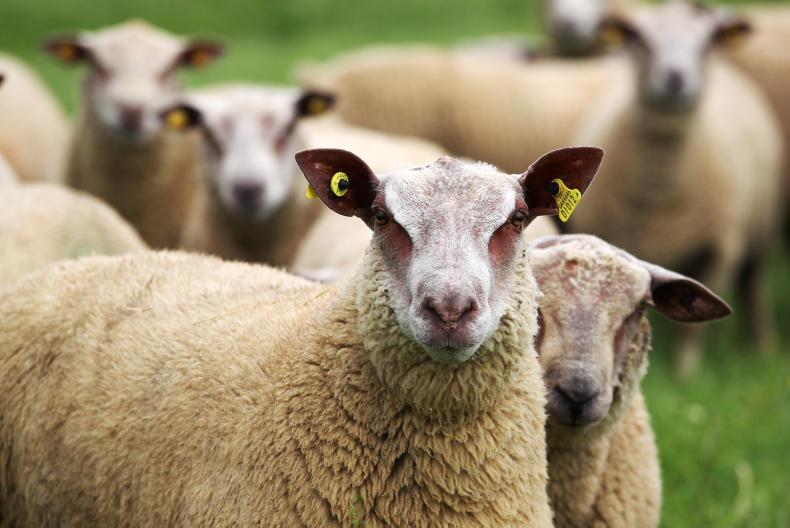
The Irish Charollais Sheep Society celebrates 30 years this year.
Originally set up as a region of the British society, the committee later decided that this arrangement was no longer financially suitable and should be discontinued.
Paul Ryan then contacted the French governing society, the UPRA, and their blessing was given to the formation of the Irish Charollais Sheep Society (ICSS).
At the AGM on 5 February 1990, Edwin Kelso told the meeting that the ICSS was now in the process of being formed and on 6 November 1990, the registration of the society took place.
Breed characteristics
The breed is used primarily as a terminal sire to increase the muscling and growth rate of the lambs.
A Charollais sheep is a medium- to large-sized breed with a pinkish/grayish head that is largely free of wool. Their head is generally free of wool, but may have a fine covering of pale-coloured hair.
The body of the Charollais sheep is long in the back, wedge-shaped and well-muscled. They are also fine-boned animals, good for a high meat percentage.
Legs of these animals are brown, quite short and usually free of wool. Both rams and ewes are generally polled.
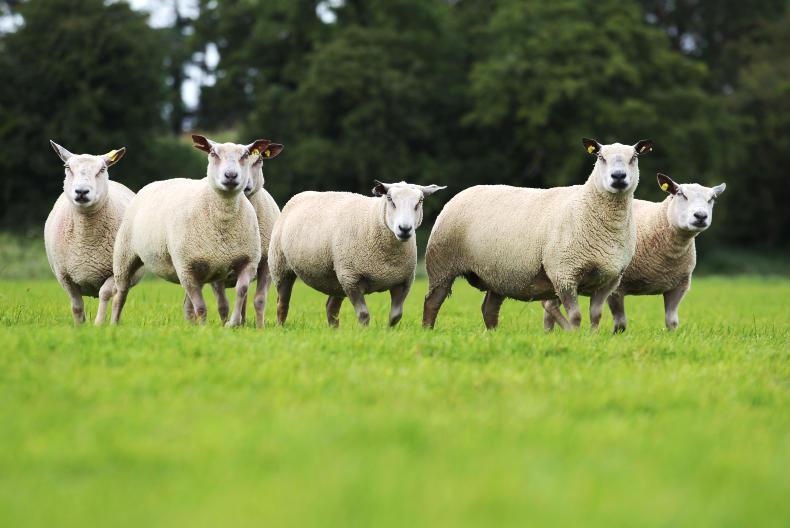
The Irish Charollais Sheep Society celebrates 30 years this year.
Due to COVID-19 restrictions the show part of the society’s 30th annual premier show and sale will be behind closed doors. Given the task of judging is Andrew Duncan. We caught up to find out a bit more about him.
About your flock?
I run the A84 (Snugborough) flock, which was established very early 1991. The flock consists of 300 ewes, of which 35 are pedigree Charollais. The rest are a commercial flock, with Charollais rams run exclusively.
Why Charollais?
I had seen them in Scotland before they were in Ireland. Then we tried a few Charollais rams and got on well. We were and still are getting lambs away fairly easily without having to pump them.
Previous judging experience?
I’ve judged sales, local shows and qualifiers – one or two most years. I also did the Charollais all-Irelands in 2012.
What are you looking for at the premier?
The Charollais is a terminal sire, so it’s all about carcase for me. I’m looking for a long, well-conformed animal with a level back and good shoulder. Also that tight wool to show natural muscling and sheep that are correct with good breed characteristics. I’ll be looking at which can get heaviest quickest or at least the one I think can do that.
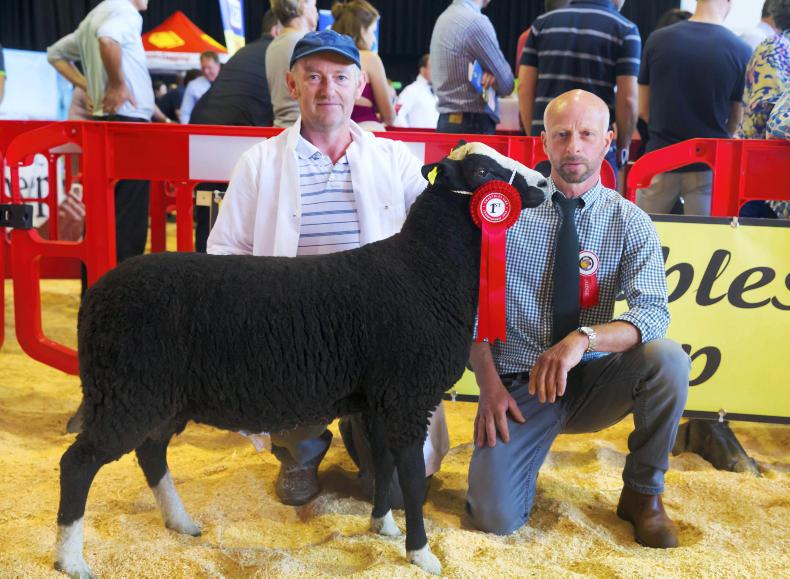
Judge Andrew Duncan. \ Patrick Browne
This year marks a landmark year for the Irish Charollais Sheep Society which celebrates 30 years since its establishment. While a number of things were planned by the society to mark the occasion, most have been called off due to the coronavirus restrictions. However, the society is hosting its premier show and sale on Saturday 25 July in Tullow.
To mark this milestone for the breed in Ireland, the Irish Farmers Journal has put together a brief history of the breed in Ireland, along with some archived material from the early days of the society.
While only 30 years in existence, the society now has in excess of 250 active members that produce over 6,000 pedigree lambs per year.
Origin
The Charollais breed originates from the Charolles and Saóne-et-Loire region in east central France, the same region that Charolais cattle originate. They originated in the early 1800s from a cross between Leicester Longwool with local land-race breeds.
It is understood that the first Charollais sheep were brought into Northern Ireland before being exported south in 1984.
This was an expensive procedure, as following the three-week quarantine near Lough Neagh, the Dublin Veterinary Department required the sheep to spend another six months in the North before they were allowed down south.
These first sheep were imported by Patrick McAllister, Mr Wayne Acheson and Fergus and Marian Lysaght.
As time went on, the Department allowed Charollais sheep to be imported directly, but were subject to inspection and from 1987, a number of other breeders imported.
One of these breeders was Edwin Carroll, who, in 1988, suggested to southern breeders about having informal meetings with a view to forming a southern Ireland region for the breed.
The first of these informal meetings took place early 1989 and the members felt there was a need to form a society, as the number of breeders had expanded greatly and 230 Charollais females were in Ireland.

The Irish Charollais Sheep Society celebrates 30 years this year.
Originally set up as a region of the British society, the committee later decided that this arrangement was no longer financially suitable and should be discontinued.
Paul Ryan then contacted the French governing society, the UPRA, and their blessing was given to the formation of the Irish Charollais Sheep Society (ICSS).
At the AGM on 5 February 1990, Edwin Kelso told the meeting that the ICSS was now in the process of being formed and on 6 November 1990, the registration of the society took place.
Breed characteristics
The breed is used primarily as a terminal sire to increase the muscling and growth rate of the lambs.
A Charollais sheep is a medium- to large-sized breed with a pinkish/grayish head that is largely free of wool. Their head is generally free of wool, but may have a fine covering of pale-coloured hair.
The body of the Charollais sheep is long in the back, wedge-shaped and well-muscled. They are also fine-boned animals, good for a high meat percentage.
Legs of these animals are brown, quite short and usually free of wool. Both rams and ewes are generally polled.

The Irish Charollais Sheep Society celebrates 30 years this year.
Due to COVID-19 restrictions the show part of the society’s 30th annual premier show and sale will be behind closed doors. Given the task of judging is Andrew Duncan. We caught up to find out a bit more about him.
About your flock?
I run the A84 (Snugborough) flock, which was established very early 1991. The flock consists of 300 ewes, of which 35 are pedigree Charollais. The rest are a commercial flock, with Charollais rams run exclusively.
Why Charollais?
I had seen them in Scotland before they were in Ireland. Then we tried a few Charollais rams and got on well. We were and still are getting lambs away fairly easily without having to pump them.
Previous judging experience?
I’ve judged sales, local shows and qualifiers – one or two most years. I also did the Charollais all-Irelands in 2012.
What are you looking for at the premier?
The Charollais is a terminal sire, so it’s all about carcase for me. I’m looking for a long, well-conformed animal with a level back and good shoulder. Also that tight wool to show natural muscling and sheep that are correct with good breed characteristics. I’ll be looking at which can get heaviest quickest or at least the one I think can do that.

Judge Andrew Duncan. \ Patrick Browne








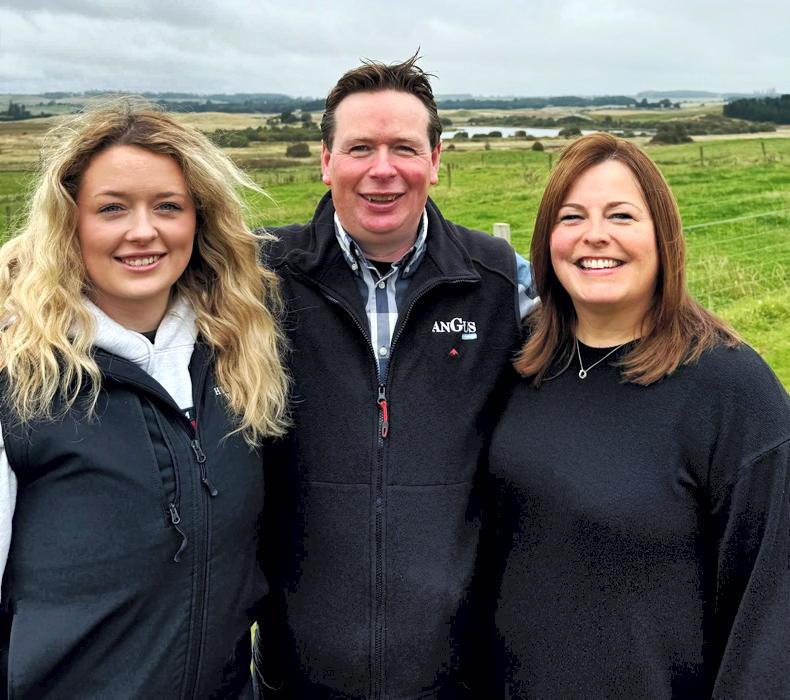
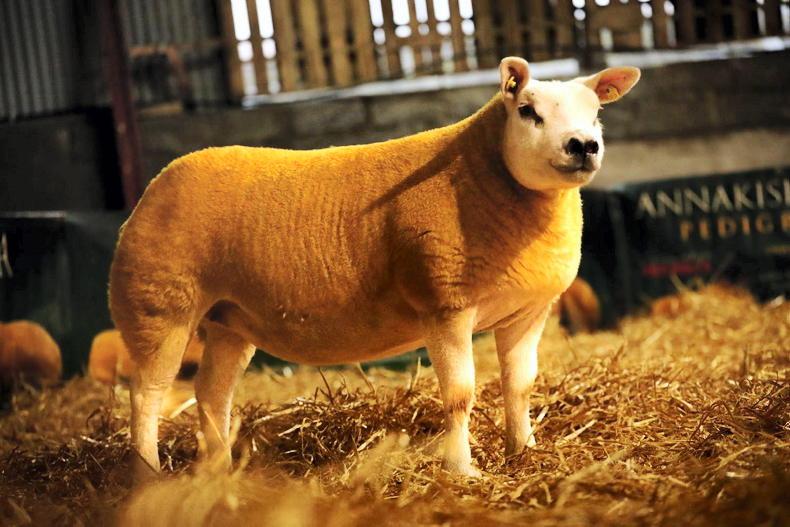
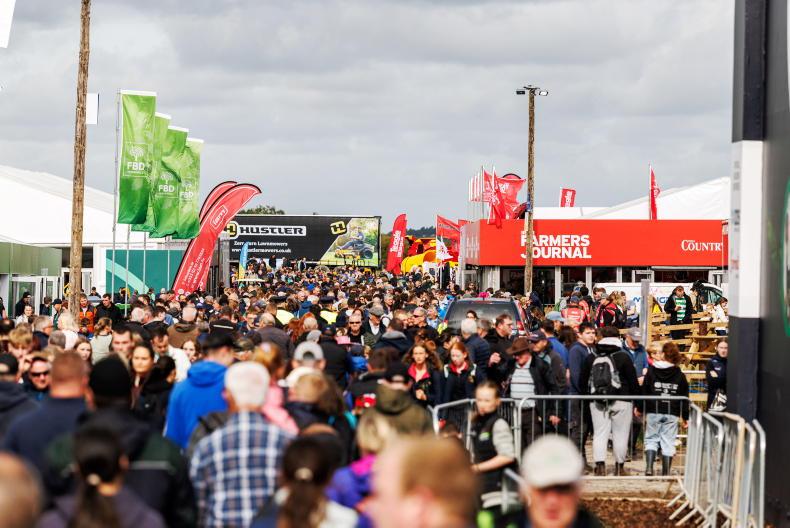
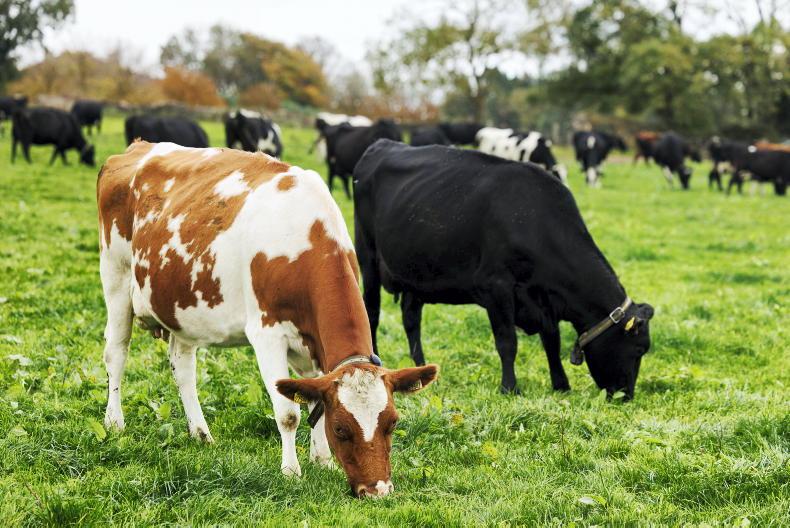
SHARING OPTIONS